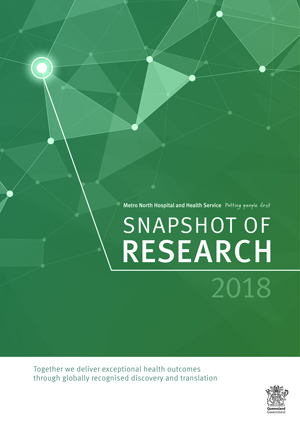Study of new catheter design
Each year more than 25 million intravenous catheters are used in healthcare throughout Australia – a portion of the 1.8 billion used globally.
However, for the most commonly used invasive medical device worldwide, current failure rates are unacceptably high at 40 to 50 per cent.
Royal Brisbane and Women’s Hospital Cancer Care Services is starting a pilot study involving 60 patients to test a new design for the catheter.
Metro North Nurse Researcher Dr Nicole Gavin and QUT Professor Samantha Keogh are leading the trial of the new device which is designed to allow fluids to empty into the blood stream via multiple points.
“The current design is a hollow tube with single entry and exit points that is inserted into the vein to provide essential fluids, medications and blood products,” Dr Gavin said.
“We know that flushing through the standard catheter changes the turbulence within the vein, which can cause vein collapse or blood clots with the potential to lead to stroke and other critical conditions.
“A new catheter has been designed to minimise the harmful pressure created at the end of the device when fluids are given, and we will test its ability to minimise negative side effects.”
The study involving patients being treated for cancer, will test the feasibility of the new device across several categories including patient and clinician satisfaction and will be conducted in the Medical Imaging setting when patients undergo routine CT scanning.
“Throughout diagnosis and treatment, these patients will require many scans and often more than one CT scan, so this provides the ideal scenario for the device to be tested,” Dr Gavin said.
“During a scan, patients are injected with CT contrast through a catheter which is most often placed in the arm. The high-pressure flow of the contrast generally increases the risk of damage to veins and surrounding tissues.”
While the results may be positive for a broad range of patients, the study will focus on patients with cancer because the outcomes are extremely important for this cohort.
“Cancer patients are high-end users of catheters and other vascular devices to receive treatments intravenously, and preservation of vessel integrity
and reduction of infection risk are some of the highest priorities for this vulnerable patient group,” Dr Gavin explains.
“We cannot treat cancer without vascular devices and I’m motivated to ensure that we continue this research to find the best possible alternatives to better patient care and safety.”
Dr Gavin is optimistic the results of the pilot trial at RBWH may form the basis for a larger study in the future.


